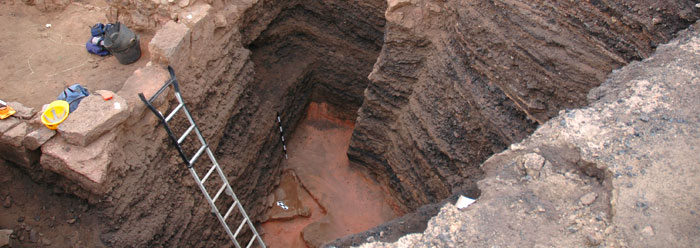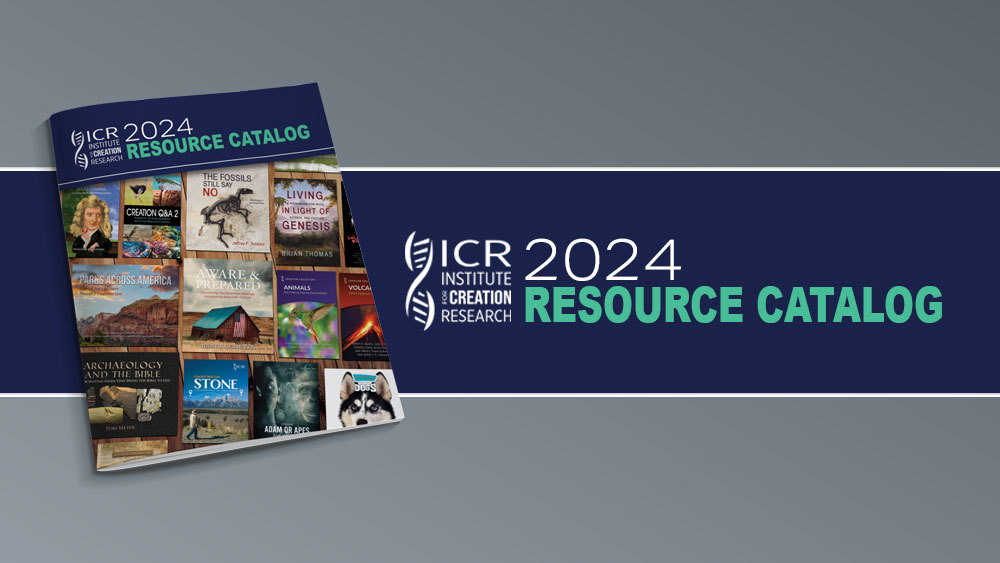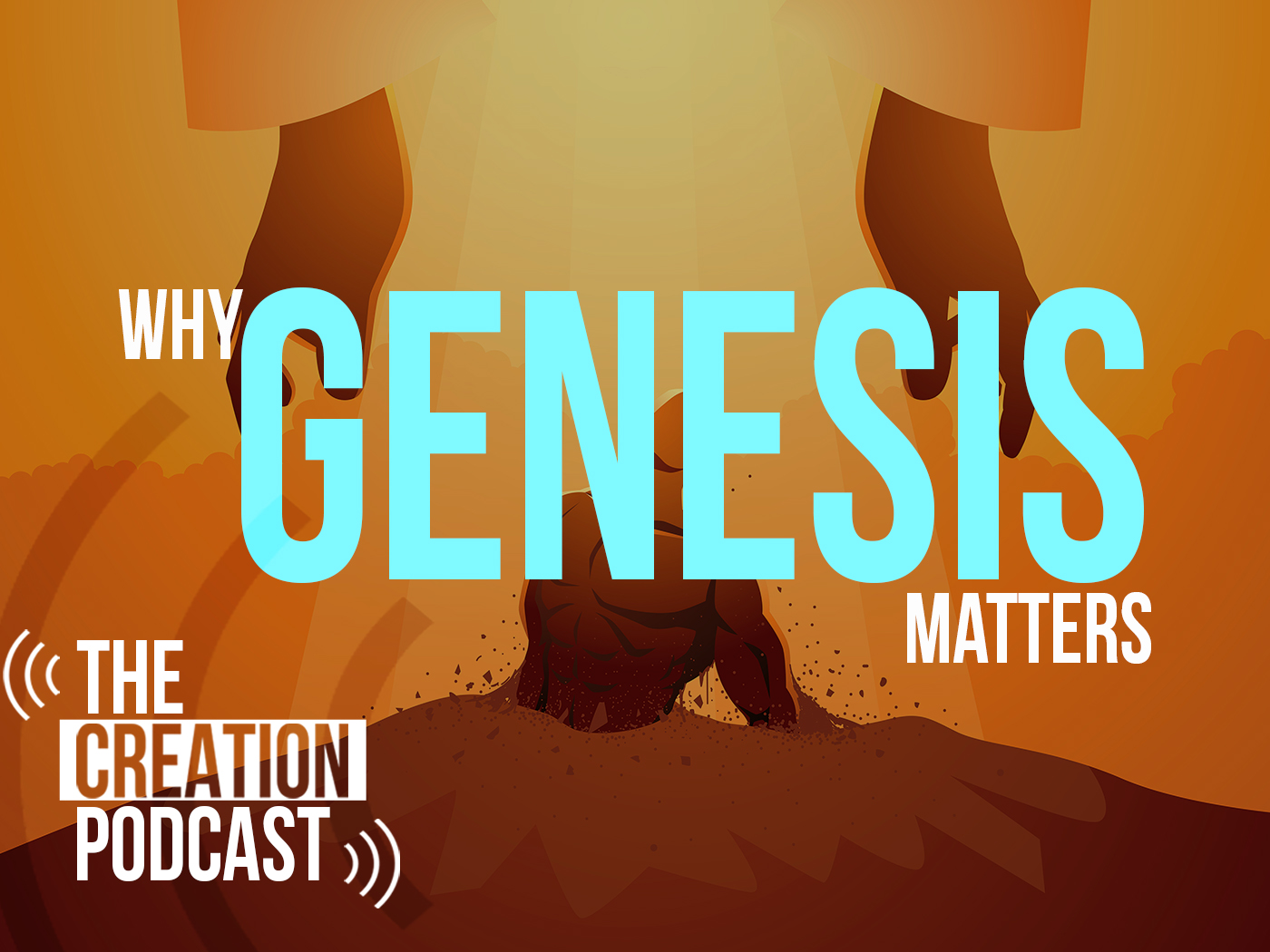The remains of an ancient copper mining and smelting center lie near the Dead Sea in modern-day Jordan. One of the largest of its kind, it may be one of the legendary mines belonging to King Solomon. Many modern scholars reject this possibility, considering it to be later than Solomon's time. But recent carbon dating has upended the "long-accepted dates" for the site, lending strength to the historicity of Israel's wisest ruler.1
Critics of biblical history have doubted the very existence of Solomon and his father, David. Scholars known as "minimalists" have contended that there is no evidence of a nation-state advanced enough at the time of Solomon to have overseen an operation as massive as that represented by this copper mine. Instead of relying on the biblical record, they have instead attempted to build a history based on archaeological artifacts, even though different stories can be told to explain any set of artifacts. But the ongoing research at Khirbat en-Nahas (KEN) in Jordan is making non-Bible histories increasingly difficult to believe.
A recent online article in Popular Archaeology stated, "The significance of the discoveries at KEN fall within the context of a larger debate about chronology and the credibility of traditional interpretations about the very existence of the kingdoms of David and Solomon as depicted in the Hebrew Bible."1
According to Scripture, the opulence of both the temple that King Solomon constructed in Jerusalem and his palaces was unprecedented. Chronological data from the Bible puts Solomon's reign around 1,000 B.C.2, 3 The book of 1 Kings described Solomon commissioning massive structures made of a copper-based metal identified as brass in some versions of the Bible and as bronze in others, including a set of pillars and "ten bases of brass; four cubits was the length of one base, and four cubits the breadth thereof, and three cubits the height of it."4 Brass and bronze are alloys made mostly of copper.
University of California, San Diego archaeologist Thomas Levy led the dig, which excavated "through more than 20 feet of industrial smelting debris, or slag" at KEN in their 2006 dig.5 Afterward, items found in the slag layers were carbon-dated.
Carbon dating not only assumes that the rate at which radioactive carbon decays into stable nitrogen has remained constant within the artifact being tested, but also that the ratio of radioactive to stable carbon in earth's atmosphere has been constant since the time the artifact ceased interacting with the atmosphere. Since these assumptions are generally valid for recent times, carbon dating can provide useful age estimates on carbon-containing objects like wood or bones deposited since the worldwide Flood. (The creation/Flood model predicts that atmospheric carbon levels were very different before and during the Flood, vastly inflating carbon "ages" for material deposited at those times.)
The dating results from KEN…the sequential order of which was strengthened by obtaining progressively older ages in samples taken further down…appear to align with biblical dates for Solomon's reign. According to Popular Archaeology:
In short, convincing evidence now supported the suggestion that a massive copper production facility had been operating at KEN during the 10th and 9th centuries B.C., a time period that up until now had been assumed by many scholars, in particular the minimalists, to predate by at least two centuries the emergence of the fully-developed kingdoms of ancient Edom and Israel.1
Levy and his colleagues plan to return to the site and continue to look for evidence that will hopefully give more specifics as to the identity of the nation that managed the copper mine, and perhaps even the name of that nation's leader.
References
- Archaeologists Return to 'King Solomon's Mines' of Biblical Edom. Popular Archaeology. Posted on popular-archaelogy.com May 31, 2011, accessed June 13, 2011.
- Dates based on Ussher's Chronology, a charted summary of which can be found on creation.com.
- Pierce, L. 2006. The World: Born in 4004 BC? Answers. 1 (1): 25-27.
- 1 Kings 7:27.
- Kiderra, I. King Solomon's (Copper) Mines? University of California, San Diego news release, October 27, 2008, reporting on research published in Levy, T. E. et al. 2008. High-precision radiocarbon dating and historical biblical archaeology in southern Jordan. Proceedings of the National Academy of Sciences. 105 (43): 16460-16465.
Image credit: Thomas Levy, UC San Diego
* Mr. Thomas is Science Writer at the Institute for Creation Research.
Article posted on June 23, 2011.














